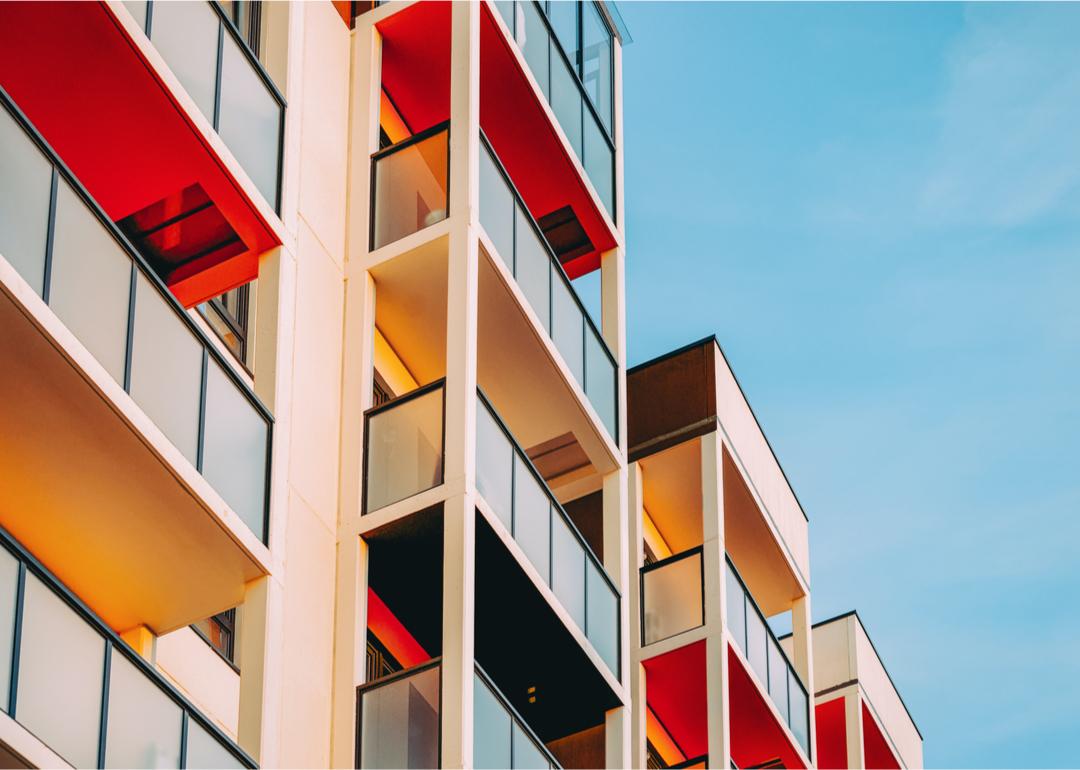
This story originally appeared on EquityMultiple and was produced and distributed in partnership with Stacker Studio.
5 major trends in multifamily real estate
The pandemic has put a lot of strain on the housing market. Home purchase prices are more expensive than ever, and most markets now have a shortage of inventory that makes it tough to find a single or multifamily home at any price.
To identify what is helping to drive high demand for multifamily housing by investors and determine how this trend affects renters relying on these units for housing, EquityMultiple compiled a list of five ways investing trends have affected the multifamily real estate sector, Research is gleaned from recent reports on rental trends and the multifamily housing sector.
Imbalanced supply and demand in the housing market have disproportionately affected certain demographics and types of buyers while higher-income homebuyers and investors have been able to snatch up more of the market, sometimes before a listing even becomes publicly available. It’s happening in urban and suburban markets across the nation—and the home-investment trend doesn’t appear to be easing up in the near future.
Investors aren’t just focused on individual units, either. Multifamily properties—which are properties that include more than one housing unit, whether a duplex, a townhome complex, or an apartment building, have become a hot commodity for investors during the pandemic—and for good reason. These properties tend to be low risk and high reward for the right investors and offer the ability to profit off of multiple units with one property purchase.
Keep reading to learn more about trends in multifamily real estate.
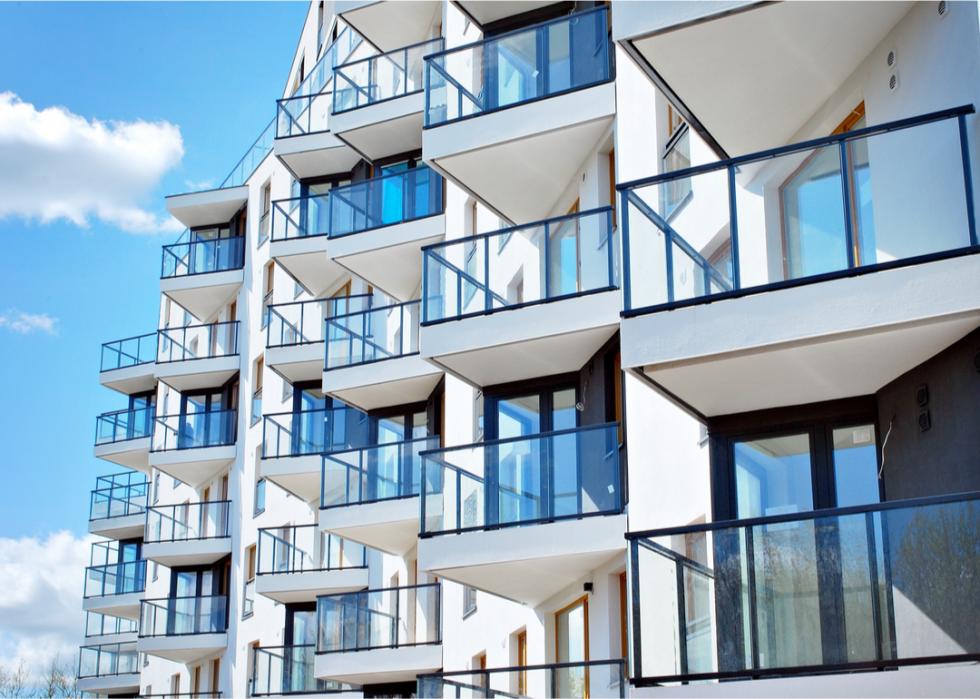
Recent rental growth has been explosive for multifamily properties
The multifamily rental market took a hit early in the pandemic, but it has since recovered and is now thriving in most metros. As of mid-2021, rent growth was up 2.5% year-over-year and was back to pre-pandemic levels—and it has only continued the upward momentum since.
The national average asking rents on multifamily units were up 13.7% year-over-year and had reached an all-time high of $1,572, according to Yardi Matrix’s October survey. That’s great news for investors, who are able to capitalize on the rent growth trends and increase rental prices to see higher returns on investment. It’s not so great for renters, however, as they face steadily increasing multifamily rent prices at a time when other types of housing are at a premium.
Rising rental rates make affordable housing difficult or impossible to find for many U.S. renters and are expected to contribute to an eviction crisis that will hit already-vulnerable communities the hardest.
The extreme dearth of Class B, C, and workforce housing signals ample opportunity for creative developers and real estate investors to offer development, rehabbing, and densification.
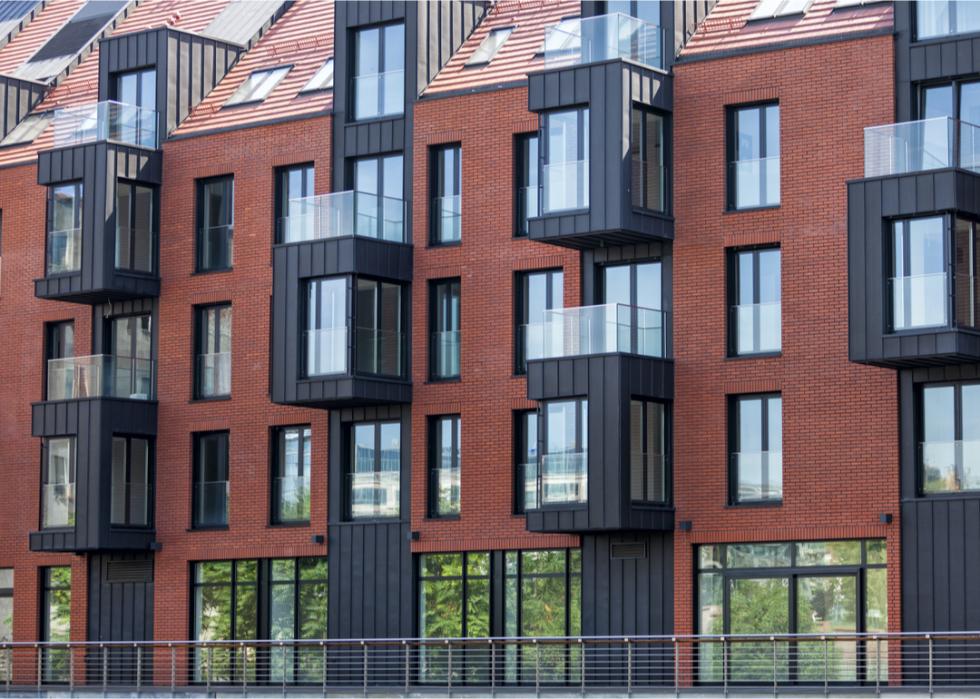
The demand for multifamily units is strong—and is likely to continue
The demand for multifamily housing is extremely high right now and likely to stay that way for the time being. November housing data from the census shows national vacancy rates in the third quarter of 2021 were 5.8% for rental housing—an extremely low rate.
Part of the low vacancy rate is due to a sheer lack of available housing. Buyers would normally transition out of rentals, leaving room for new renters to move in, but crushing demand for housing made purchases out of reach for many people—especially first-time buyers. As such, these households are staying put in their rental units, even as rents are hiked up to new levels. That’s led investors to bet big on buying up rental units, driving up demand for multifamily units that offer faster scaling and higher monthly cash flows—not to mention being easier in some cases to finance.
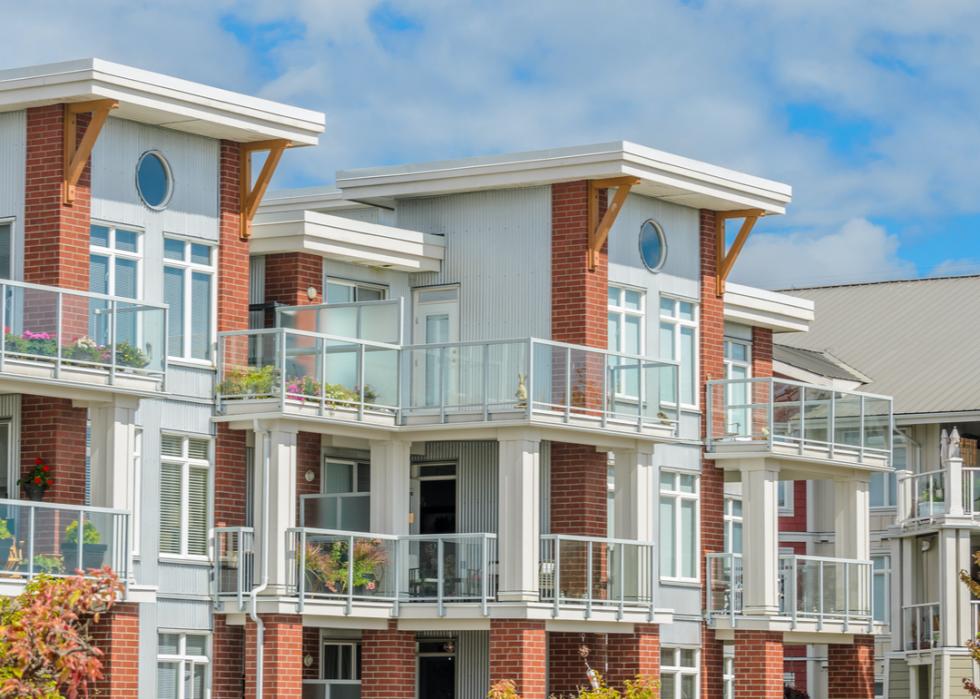
Leases are being renewed and renters are sticking around
There was a swift decline in multifamily leasing activity at the start of the pandemic, but that downward trend is no longer an issue. New leases have been on the upswing since February of 2021, and there is also an interesting trend of current renters renewing their existing leases. As with the increased rental demand, this renewal trend can be attributed in major part to a lack of inventory. Lease renewal rates are now leading over new leases—which is further proof that renters are sticking around in their units. This is a huge perk for investors, as rental turnover and vacancy issues can be extremely costly. It’s not such a huge perk for renters, though, who may be stuck dealing with rental hikes or other rent-related issues without other alternatives.
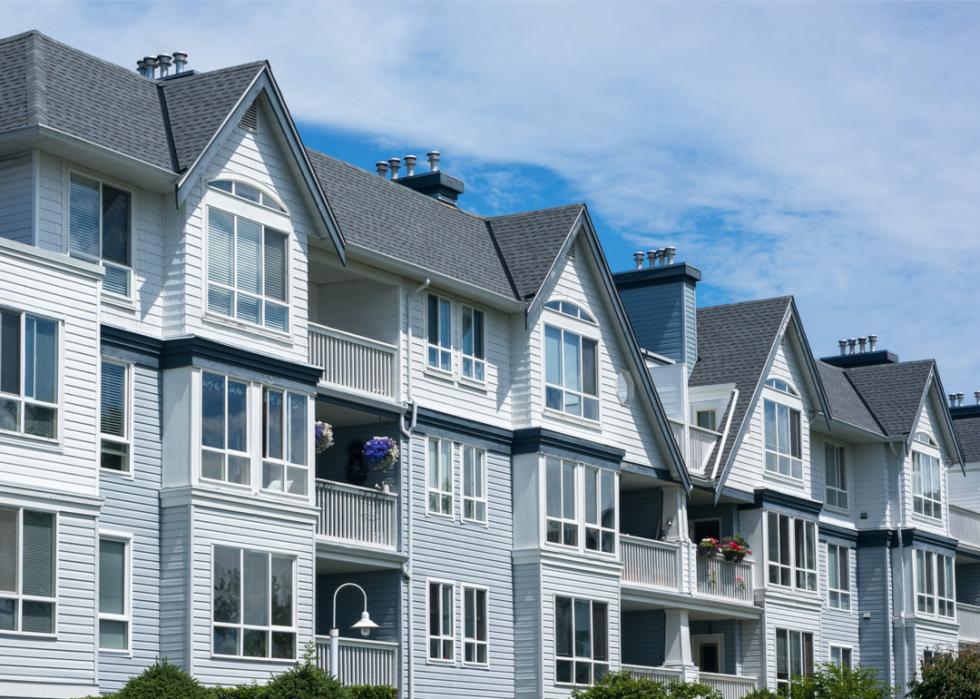
There’s tons of competition from global and local investors
The U.S. multi-housing transaction volume jumped to a quarterly record of $63 billion in Q4 of 2020—and it’s due, in major part, to an uptick in investor demand. It’s not just U.S. investors who have set their sights on the multifamily housing market, either. Investors from across the globe have increased their allocations to multifamily housing, a trend that has been ongoing since the start of the pandemic. Rental pricing has held up throughout the economic hardships over the last couple of years—and there is now a ton of money to be made by investors.
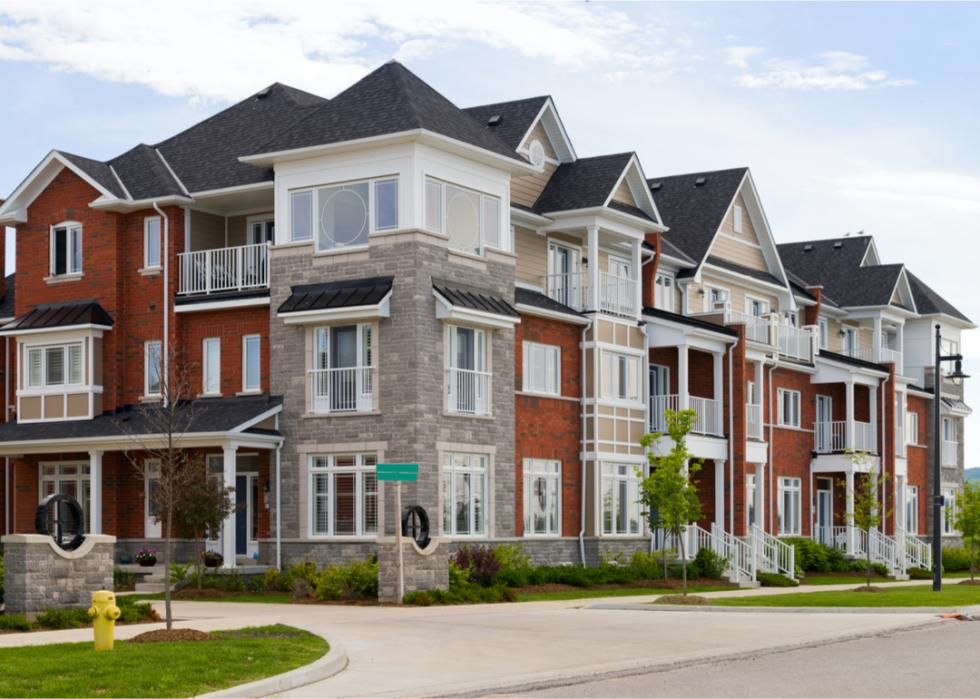
Ongoing demand will almost certainly keep up with supply
Another driving force behind the uptick in multifamily investments is consistently high rental demand versus supply. The housing shortage has pushed construction of new housing—multifamily and otherwise—into overdrive, with new units being constructed in suburban and urban areas at a record pace. That said, the new construction is unlikely to put a damper on the ROI for investors in the multifamily market.
Analysts believe the ongoing demand for rental units is likely to keep pace with the new supply, meaning there will be enough demand to go around for investors to maintain healthy occupancy at multifamily properties for the near future. Persistently elevated demand in multifamily markets is the result of a complex confluence of factors, including demographic shifts, low rates of homeownership, zoning regulations, and the underbuilding of non-luxury multifamily properties in working-class areas.
With demand sky-high and housing options constricted, renters are unlikely to see significant relief in the near future. But in the coming years, forward-looking multifamily investors may be able to realize attractive returns while increasing the supply of market-rate housing, ultimately easing costs for renters in an otherwise inflated rental market.



